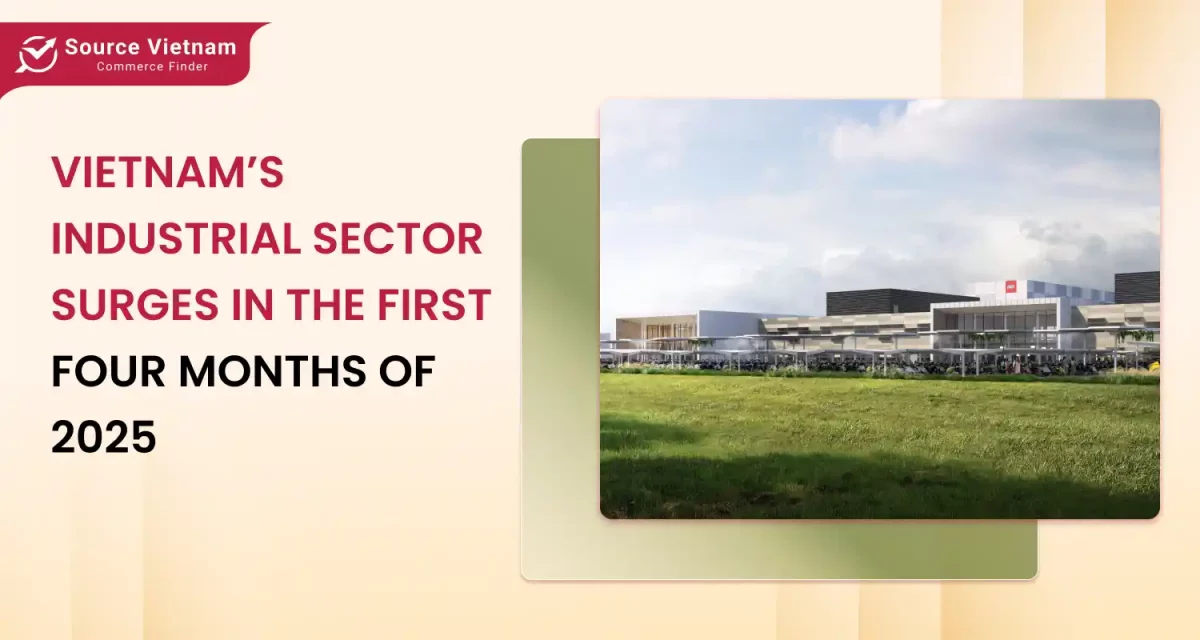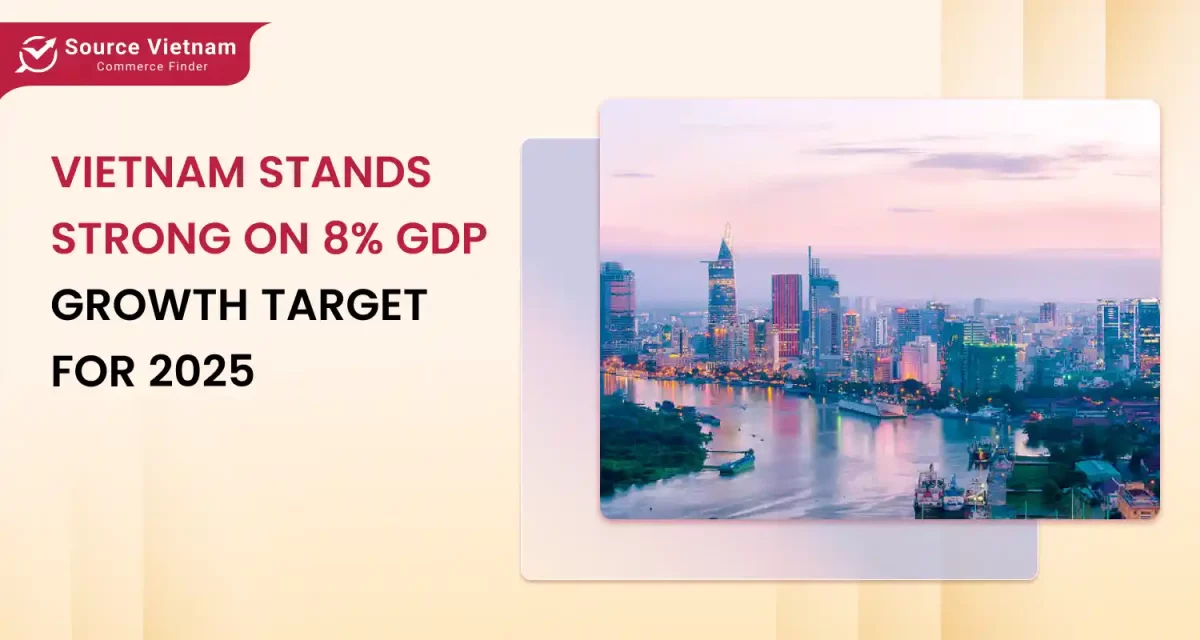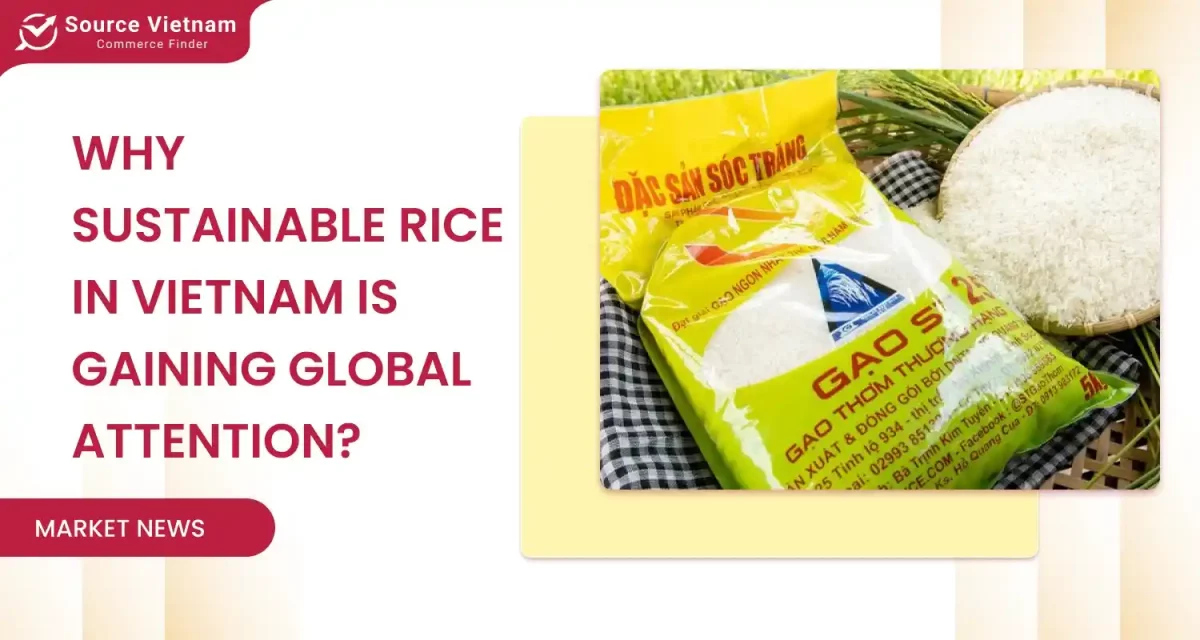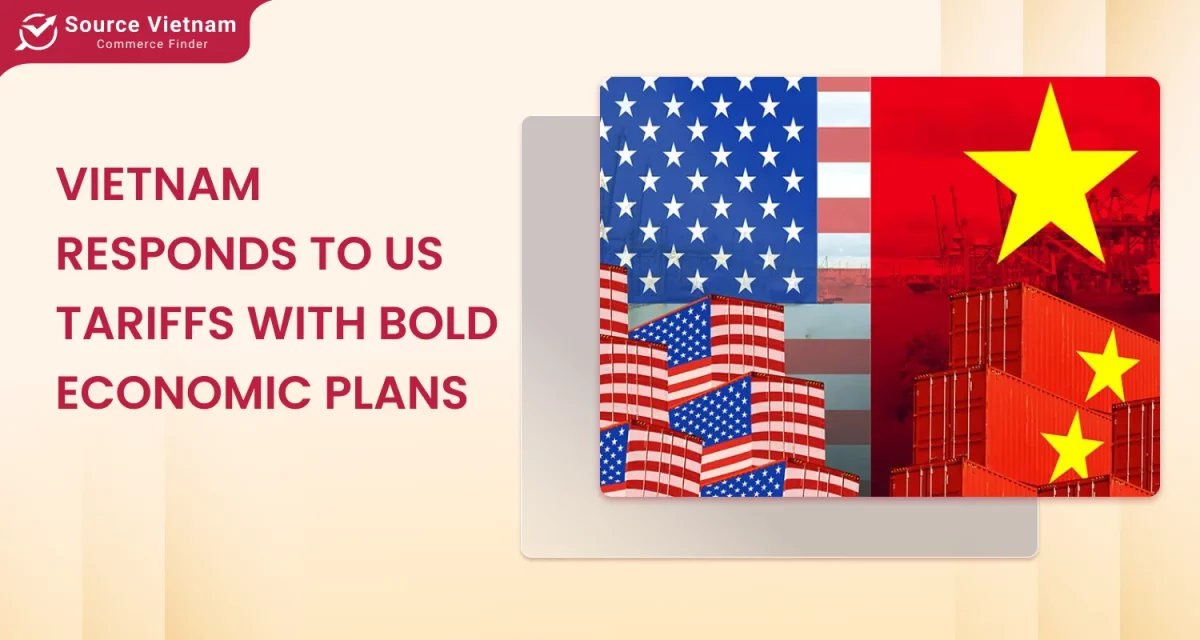Insight:
- Prognostics suggest that in 2029, Vietnam’s retail market should attain $ 488.08 billion, and it will expand at 12.05% of CAGR from 2024 to 2029.
- The food, beverage, and tobacco products segment is considered the largest segment in Vietnam retail since such segment was expected to capture more than 50% of Vietnam’s Retail Market by the year 2024.
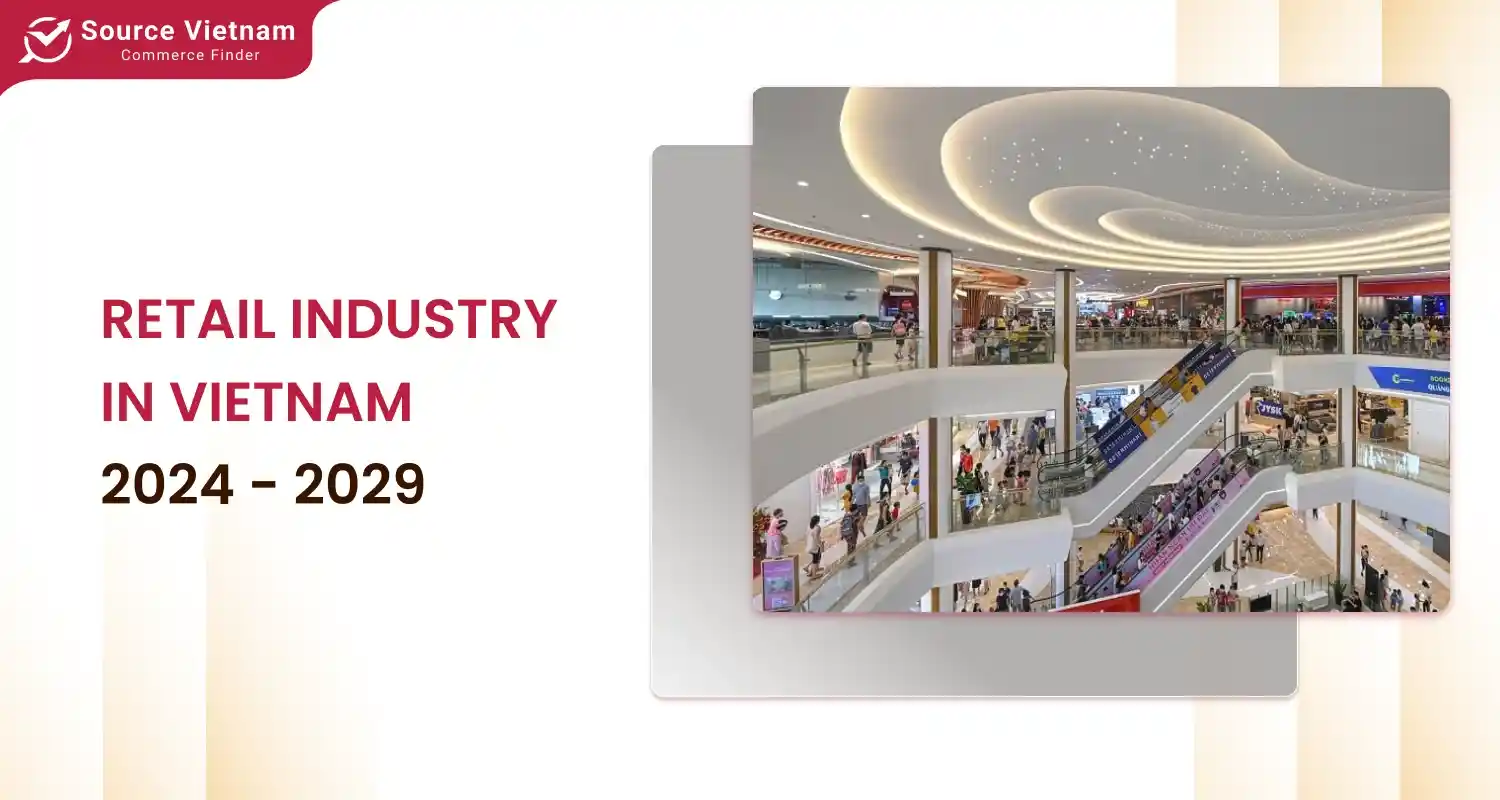
Due to rising income levels and growing urbanization, several trends are currently shaping the Vietnamese retail market. In this blog, we look at the existing retail dynamics, their projected growth and well known industry stakeholders that are revolutionizing the marketplace in Vietnam.
Current market size and growth forecast
In the year 2024, the Vietnam retail market is anticipated to grow to a size of USD 276.37 billion, while by 2029, it is expected to increase in size to USD 488.08 billion. This expansion is a result of a strong compound year-on-year growth rate across the forecast period 2024 to 2029 of twelve point zero-five percent.
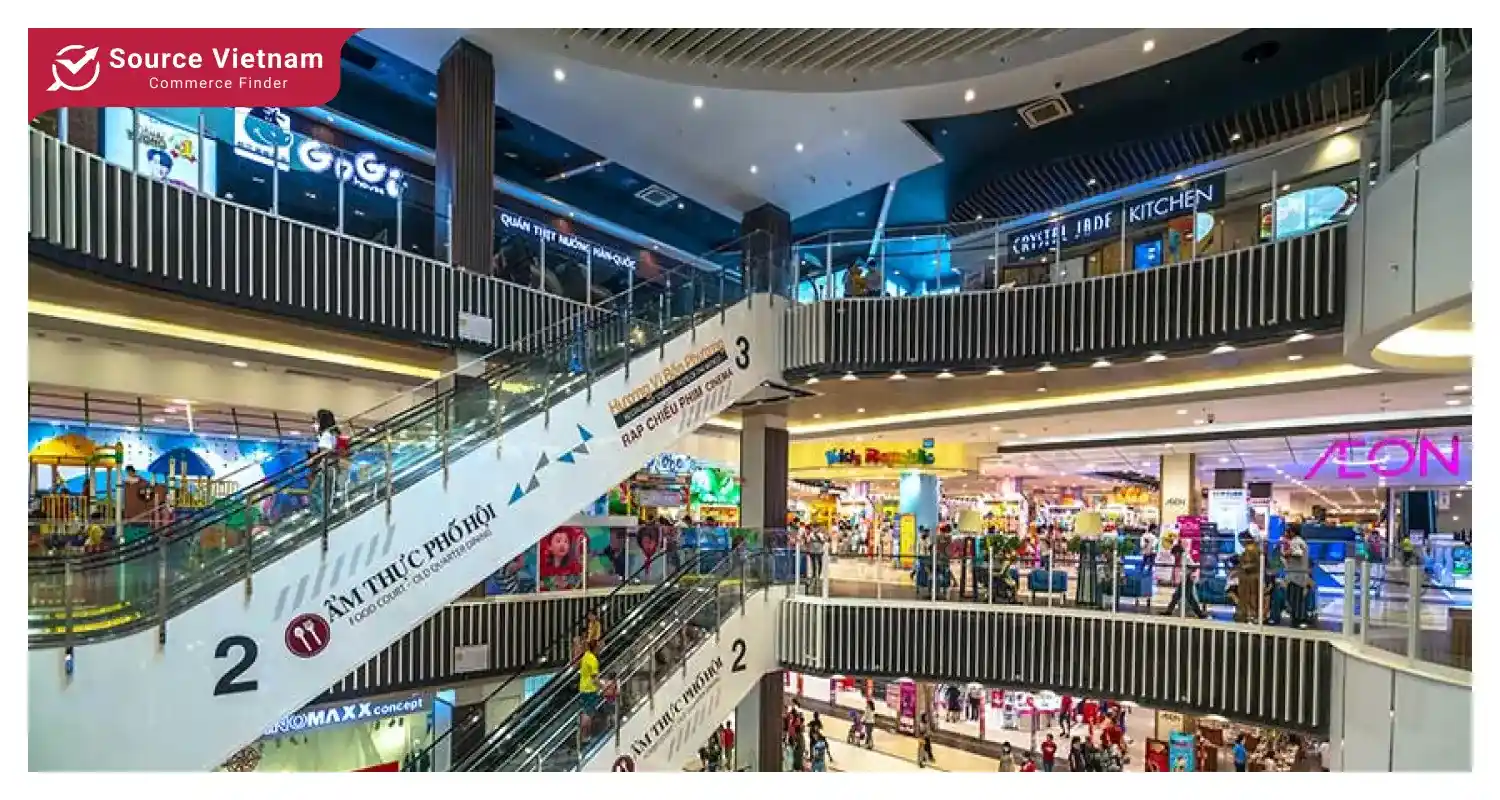
The global retail markets were affected by the Covid 19 pandemic, but in the case of Vietnam, the retail sales plummeted as a result of effective crisis management and therefore witnessed growth by the end of the 2020 financial year. Though a lower expansion rate than the 12.7% that was achieved in 2019 was realized, the growth target achieved portrayed an improving trend for businesses during the time that global revenues were on decline.
Promotions and sponsorships of retailers and shopping centers seeking to increase the domestic market were the main reasons for the increase in retail sales turnover.
Trends shaping the retail market
Rising consumer spending
What is one major factor that boosts Vietnam’s retail market? It’s straightforward: the amount of money the consumers are spending. According to forecasts, the disposable income does not stay stagnant as experts predict that the income will reach USD 3062 in the year 2023. In the year 2021, actual consumer expenditure grew by 8.3% and reached the amount of USD 121.3 billion, in comparison USD 112.1 billion was spent in 2019.
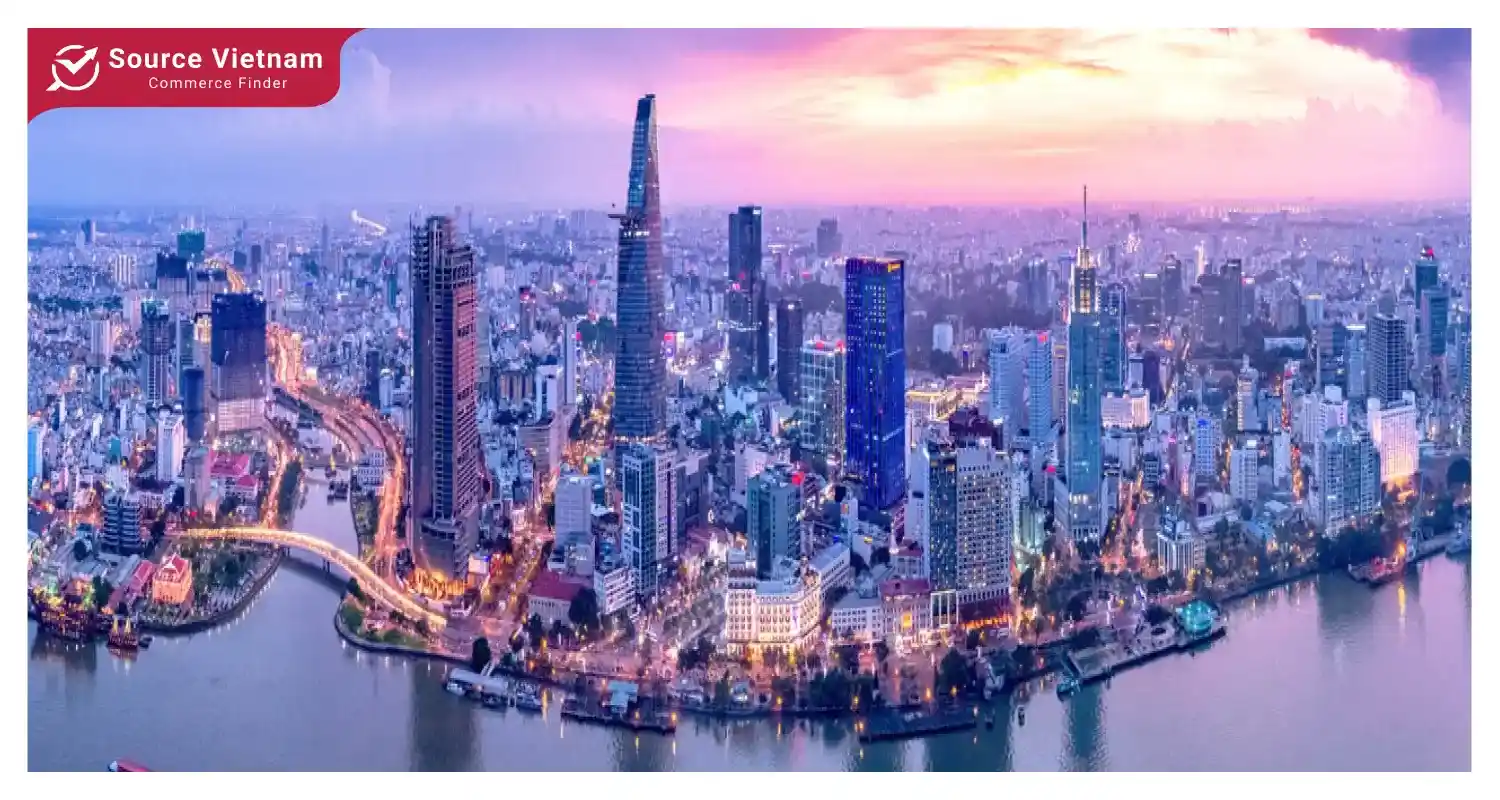
With a contribution of more than 67% share of VA in GDP, private consumption is the second highest in Southeast Asia after the Philippines (73.8 %) and is above Malaysia and Indonesia (57.0% and 57.3 % respectively).
Urbanization and growth potential
Despite the positive trends, Vietnam’s urbanization rate is relatively low at 37%, compared to other Southeast Asian countries, where rates range from 47% to 76%. This low urbanization presents a significant opportunity for growth.
The urban population in Vietnam is expected to grow at a CAGR of about 3% during the forecast period, whereas growth rates for urbanization in Indonesia, Malaysia, the Philippines, and Thailand are projected to be between 1% and 2%. Experts believe that Vietnam’s urbanization will accelerate, potentially reaching 55% by 2030.
Overview of the retail industry
There is stiff competition in the retail sector in Vietnam as the large local firms are better located in the market than international firms. Major companies, including Saigon Co.op, Central Group, AEON Group, Vin Group, and Lotte Mart, are also improving their visibility and market share through new product development, mergers, expansions, acquisitions, and partnerships.
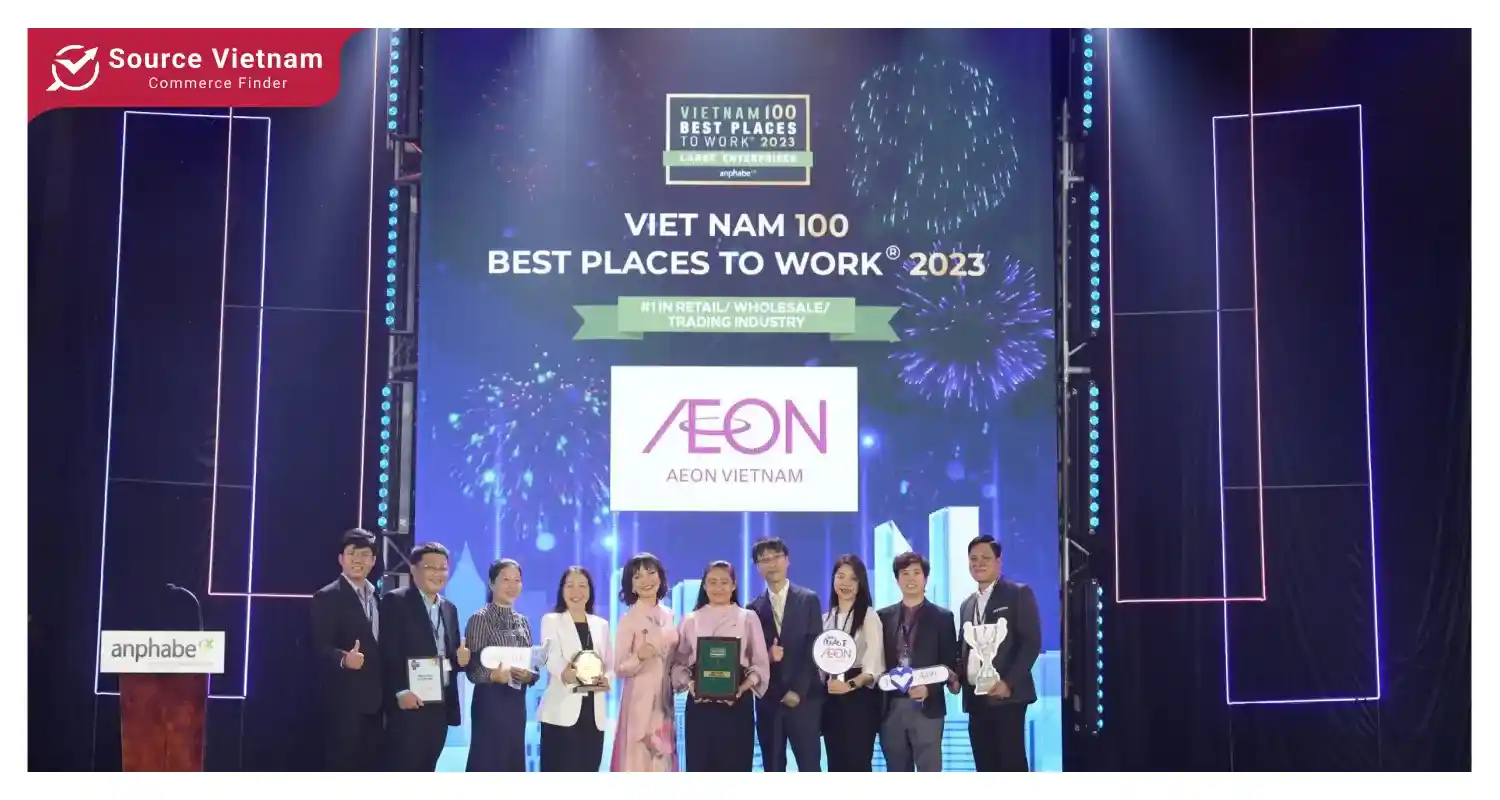
Key retail leaders:
- Saigon Co.op
- Central Group
- AEON Group
- Vin Group
- Lotte Mart
Recent developments in the retail market
Several notable developments have occurred in Vietnam’s retail landscape. For instance, in October 2022, Central Group launched a Next-Gen Omnichannel platform designed to integrate all user interactions across offline, online, augmented reality, and even metaverse experiences within its retail network in Thailand, Vietnam, and Italy.

Additionally, during the fourth wave of the COVID-19 pandemic in February 2022, supply chain fluctuations prompted modern retail businesses to adapt by modifying their distribution systems instead of sticking with traditional delivery methods.
Retail industry segmentation
The retail process consists of selling a good or service to consumers through various distribution channels; marginal analysis of the retail market of Vietnam includes such assessment of new trends, sharp changes in the market environment, and, generally, the market.
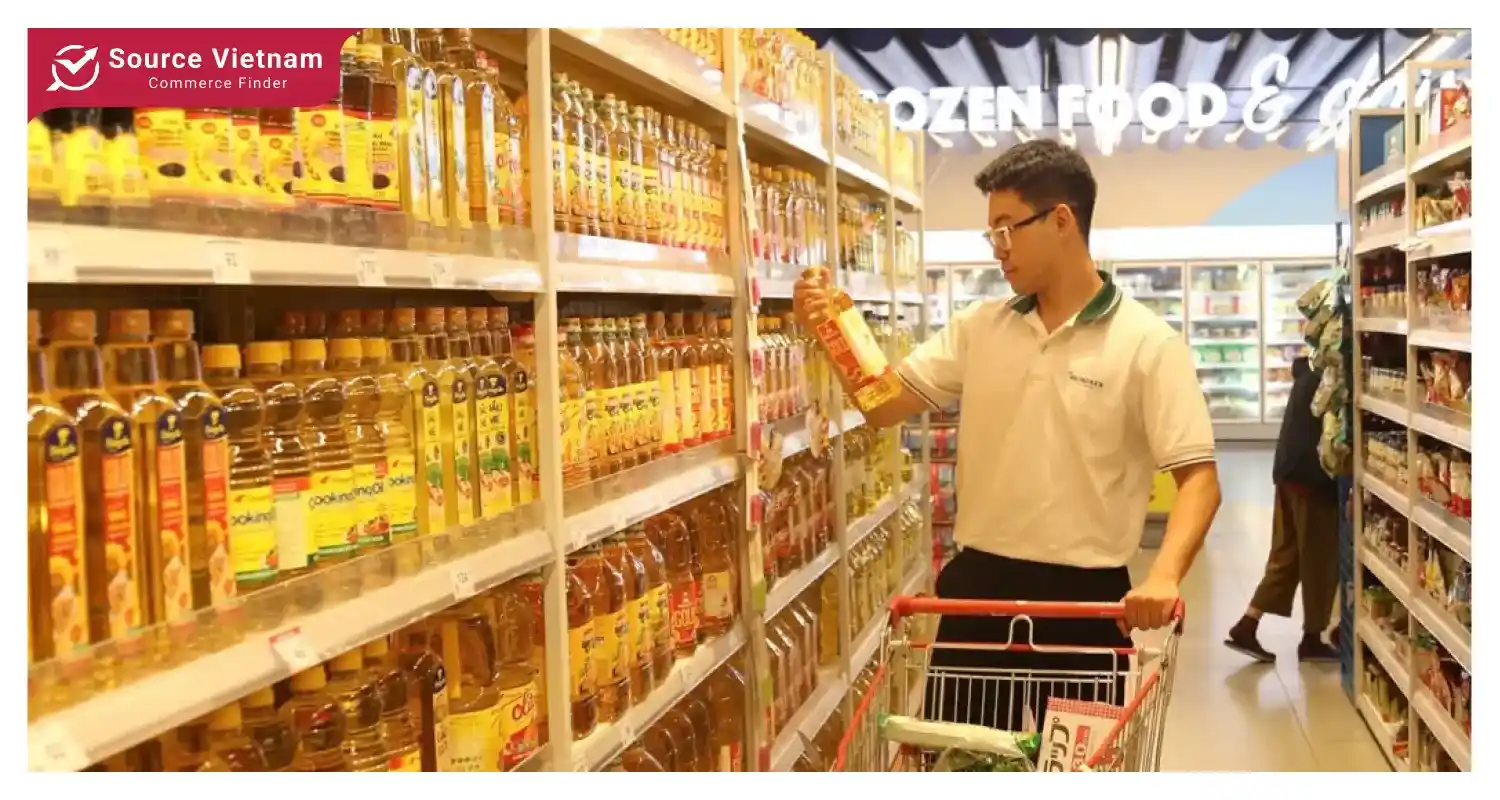
The Vietnam retail market is divided into various product categories, such as:
- Food – Beverages, and Tobacco Products
- Personal Care and Household Items
- Apparel, Footwear, and Accessories
- Furniture, Toys, and Hobbies
- Industrial and Automotive Products
- Electronics and Household Appliances
- Other Products
The market is also segmented by distribution channels, including:
- Hypermarkets and Supermarkets
- Specialty Stores
- Department Stores
- E-Commerce
- Other Distribution Channels
Market trends and consumer preferences
Vietnam’s retail business is experiencing a massive transformation due to shifts in consumption patterns and technology advancements. More people are seeking for natural and organic personal care products and this is likely to continue changing the market share of both the personal care and household segments.

In addition, e-commerce is also set to grow over the retail market with the high availability of smart phones and internet usage increasing.
Hypermarkets and supermarkets are becoming more widespread, offering more choices of goods and better shopping conditions, including longer working hours and many promotions. The Vietnamese retail landscape is characterized by the presence of various modernized forms and cultural variety, which leads to the creation of numerous shopping habits for its ever-brand-sensitive consumers.
Conclusion
In summary, the Vietnam retail market is on a promising trajectory, bolstered by rising consumer spending, urbanization, and the rapid growth of e-commerce. With a projected market size of USD 488.08 billion by 2029, it presents numerous opportunities for both local and international players.
The competitive environment, coupled with government support and foreign investment, continues to shape this dynamic sector, making it a vital component of Vietnam’s economic development.

